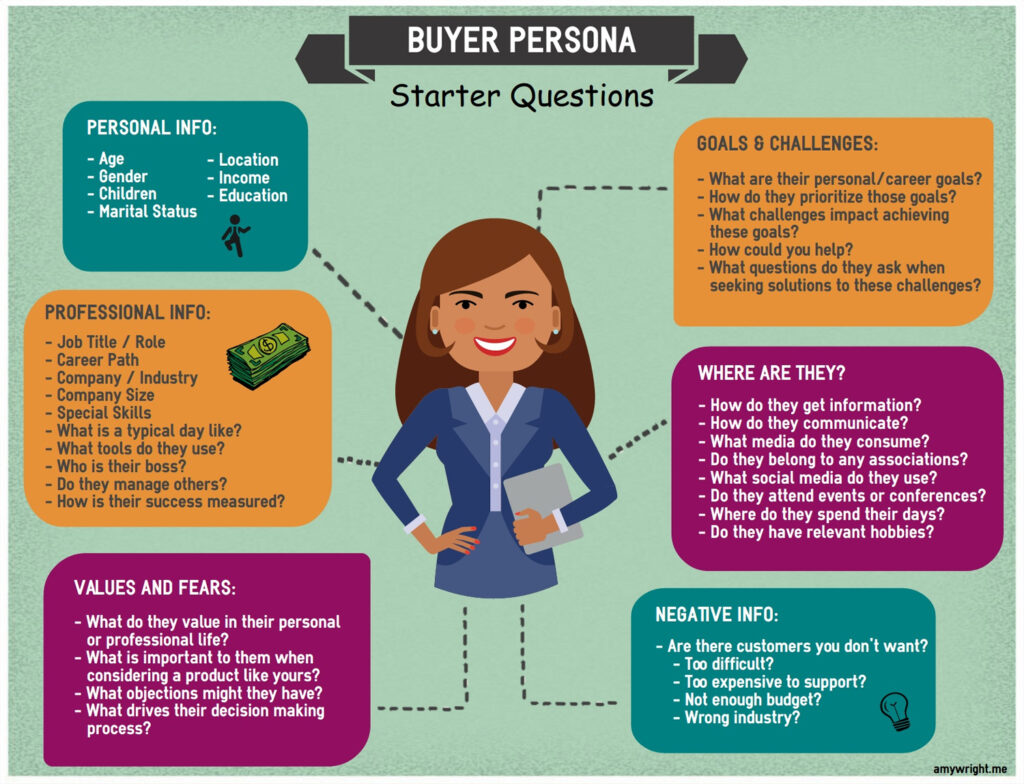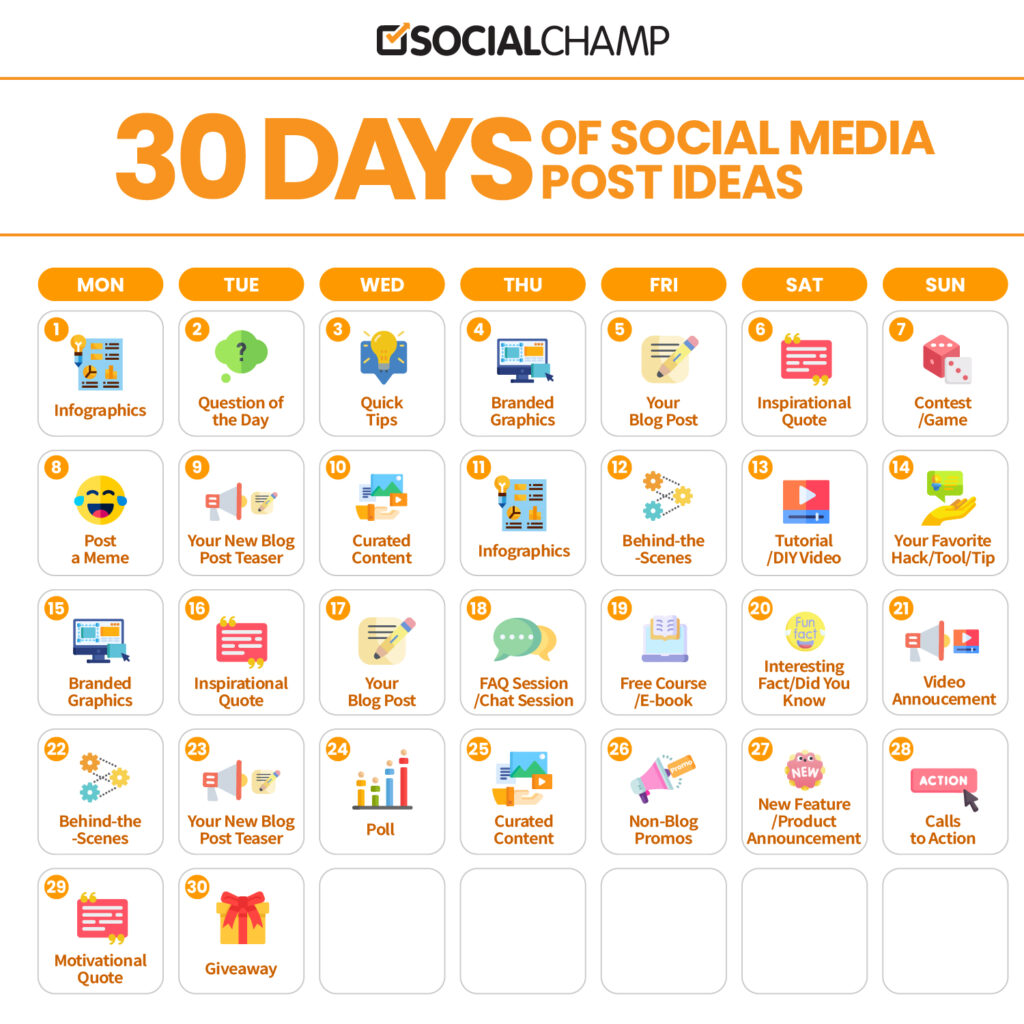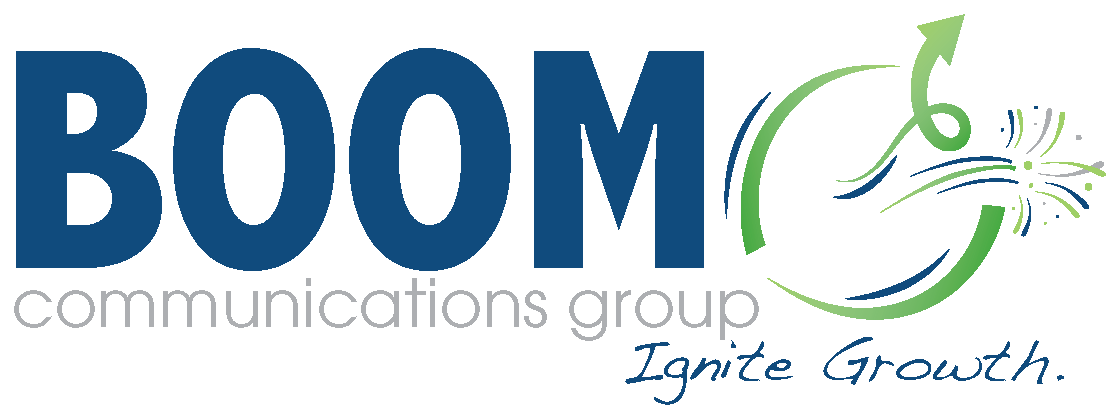
In today’s marketplace, social media can be an effective and powerful aspect of a successful digital marketing strategy. However, it can be tricky for small businesses to know how to begin on social media.
The internet has changed the expectations of today’s consumers. People are less interested in quality products at low prices and are more concerned with relationships and positive customer experiences. Social media for local business can help companies connect with their audience deeper, building more meaningful and lasting relationships. This is important because 65% of a company’s business comes from existing customers.
Keep reading to understand the benefits of social media and how small businesses can start taking advantage of this impactful marketing tool.
Key Takeaways
- Social media is an effective tool for a successful digital marketing strategy.
- From increasing brand awareness to boosting SEO rankings for greater visibility, social media offers several benefits to small businesses.
- Although it can be difficult to know where to begin, a small business can establish a successful social media campaign in just five steps.
3 Major Benefits of Social Media for Small Business
Social media is an effective tool to help increase advertising revenue, grow distribution, and grow page count. When applied strategically, it can even help lower the business cost. The following video discusses several benefits of social media:
1. Increase Brand Awareness
Through social media, small businesses can get their company in front of a wide (yet highly targeted) audience. You can maintain consistent branding through corporate colors, fonts, logos, and voice, helping build an authentic online presence. Any time you post on a social media platform, your audience sees your brand and gets to know your company.
Additionally, any time people engage with your posts or share your content, their contacts see your business’s name. This helps increase brand awareness exponentially, growing your audience and expanding your reach for even more potential business. Consistent branding builds trust and establishes your company as a reputable business and source of valuable information. All of this helps to grow sales and revenue.
2. Boost SEO Rankings
Content is one of the leading ways to boost SEO rankings. Any time you post digital content, you provide information for search engines to crawl and scan to determine your relevance to their users. The more your content aligns with the needs of online searchers, search engines will likely recommend you as a solution to their problems. For this reason, social media posts can help earn you higher SERPs. This is critical because 75% of people don’t look past the first page of Google’s listings.
By earning a higher ranking placement, you drive more traffic to your website and expand your reach. You also increase the chances of conversions and sales growth. For these reasons, social media should be an important element of your SEO strategy.
3. Attract Leads Cost-Effectively
Advertising on social media provides several ways to market to your audience cost-effectively. You can purchase ads with certain parameters, like how many people you want to reach or how many clicks you want to obtain. You can also set a budget, so you don’t exceed a certain amount. Businesses with small marketing budgets can be just as impactful as businesses with large advertising budgets.
Social media accounts are typically free, and you can attract quality leads by creating custom content for a specific audience. With social media, it’s easy to promote your brand organically, letting likes, comments, and shares help perpetuate your message without spending anything on marketing.
5 Steps to Getting Started on Social Media
Your newspaper printing and magazine printing business has a lot to gain from creating a social media presence. Here are five steps to getting started on social media.
Step 1: Identify Your Audience
Before you can create custom content that resonates with your audience, you must understand who those people are and what they need. Conduct audience research to determine who would most likely benefit from your goods and services. Create buyer personas to identify your ideal customer and search for those people on social media. Monitor chat threads and forums to learn what experiences people are having and how you can fill a need.
Step 2: Encourage Engagement

One of the reasons people like interacting on social media is the instant gratification of engaging with people in real-time. Think of ways to encourage engagement with your audience to help develop stronger relationships and provide a positive customer experience. After all, a positive customer experience is critical for retaining customers. It costs five times more to gain a new customer than to keep your current ones, so engaging with your customers and showing them a great time is crucial.
Step 3: Develop a Content Calendar
Once you know who you’re trying to reach and what content would resonate with them, it’s best to plan your content schedule. Planning keeps you from scrambling for ideas and ensures you’re distributing quality content that brings value and meaning to your readers. Develop a content calendar that carries you through a month’s social media posts. Consider:
- Best time of day to post
- Seasonal events
- Specific articles as well as general topics
Keep in mind that content will perform differently on each platform. For instance, YouTube followers would be interested in video content, while Instagram followers expect photos in their feed.

Step 4: Create High-Performing Content
With an understanding of your audience’s needs, ways to engage them, and when to reach them, you can finally create high-performing content for your social media platforms. Customize your messages and ensure their content addresses your specific audience’s unique needs. Include links to valuable resources that would benefit your readers. Use appropriate hashtags that capitalize on a trending topic. Create visuals to catch your readers’ attention and entice them to share your content. Always write with your customer in mind, as their needs are your top priority.
Step 5: Track Metrics
To ensure the success of your social media campaign, you must constantly track metrics to assess what is and isn’t working. Through this data, you’ll learn what topics resonate with your audience and which posts aren’t earning high engagement. You can see what time of day your posts are most effective and which social media platforms earn you higher ROI. By tracking your progress, you can make necessary adjustments to ensure your efforts and resources yield the best results.
Get Started on Social Media Today
BOOM Communications delivers advertising and marketing solutions that help drive traffic to your site and generate more revenue and conversions.
Contact BOOM Communications today to learn how we can help your small business make the most of social media.
